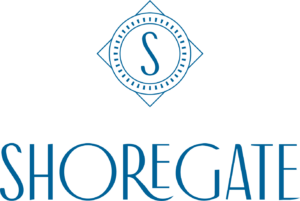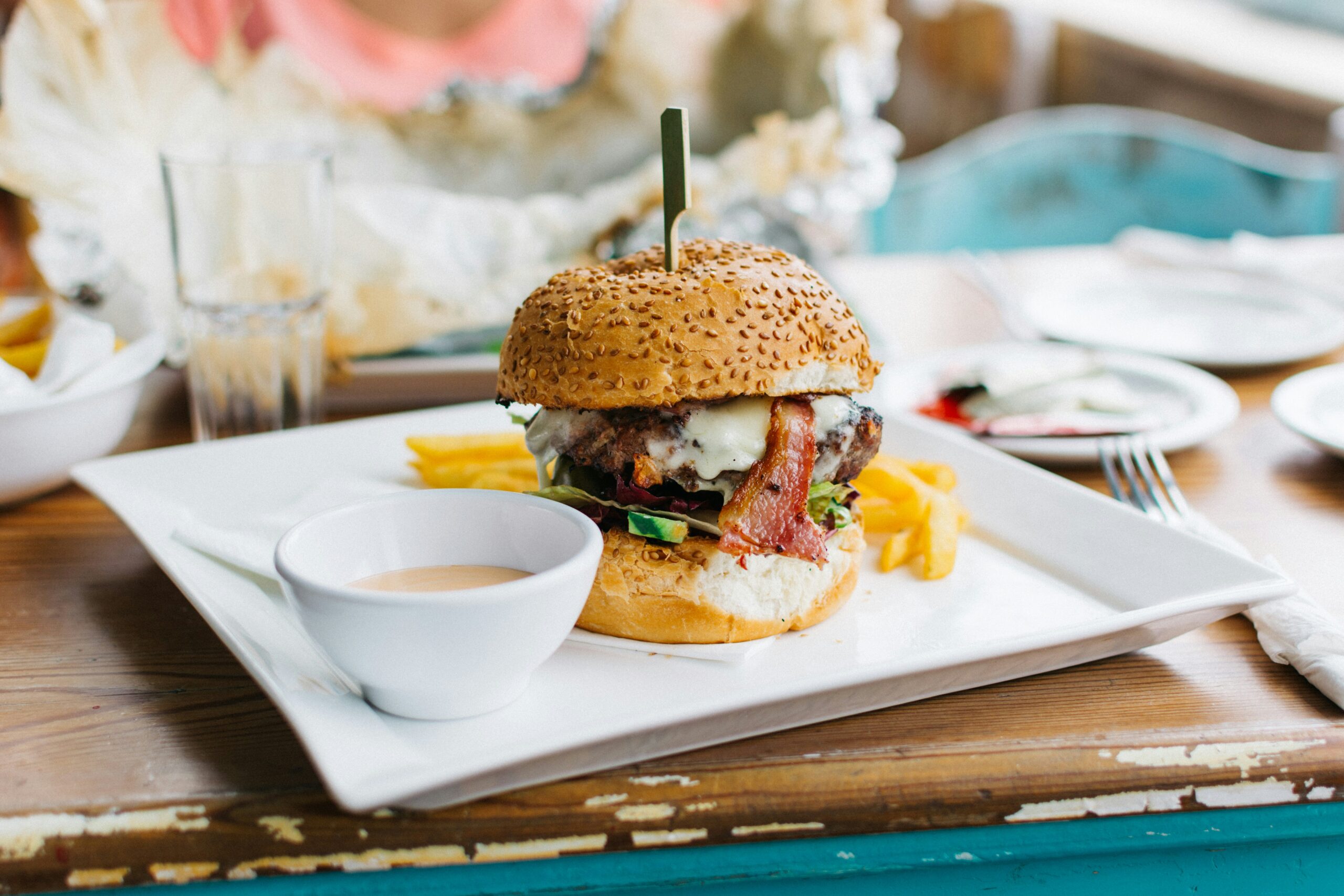
Greater Bay Shore coverage is funded in part by Shoregate, now leasing brand-new premium apartment homes in the heart of Bay Shore. Click here to schedule a tour.
 She is a 12th generation descendent of Chief Wyandanch, the premier chief, or sachem, on Long Island in the 16th century. His power extended across the land between what’s now Babylon and Patchogue, and much of Long Island.
She is a 12th generation descendent of Chief Wyandanch, the premier chief, or sachem, on Long Island in the 16th century. His power extended across the land between what’s now Babylon and Patchogue, and much of Long Island.
As an infant on the Shinnecock Indian Reservation, Harriett Crippen Brown Gumbs was given another name — Princess Starleaf.
The other day, sitting alongside his mother, Edward A. Gumbs spoke of the tradition of providing such an honor when a child is deemed very special, when “a sparkle in her eyes” and other signs indicate “this baby is going to be very smart.”
“I’m still a princess,” said Ms. Gumbs with her warm, sweet smile.
Ms. Gumbs, who turned 96 last month, is the oldest female Shinnecock. She is the matriarch of the tribe. (The oldest male Shinneock is Lubin Hunter, who will become 100 next month.)
And her life has demonstrated how she truly deserved the title of princess. She’s brilliant, a fount of information — and there’s still a sparkle in her eyes.
I recall decades ago Ms. Gumbs and I giving a presentation together on the history of Long Island — she about its earliest years and I about modern times. She had an encyclopedic knowledge of the original inhabitants of this island. Through the years, she has given presentations here and elsewhere in the United States and also abroad representing the League of Women Voters. with which she has long been active.
She is spunky. For instance, when we spoke recently on the reservation, she was challenging the designation of native people as “Indians.”
This derives from the quest by Columbus to sail west to get to India and encountering a continent in between and thus the natives got to be called Indians. Ms. Gumbs said she prefers the term “aboriginal natives of the soil.” (This corresponds with the dictionary definition of aboriginal — “inhabiting or existing in a land from the earliest times, or from before the arrival of colonists.”)
And she believes “of the soil” is important, too, reflecting the intimate relationship Native Americans have had with the land. Indeed, her family — there were 10 brothers and sisters and she is the last —farmed.
Originally, there were 13 tribes on Long Island. The Nissequogue was the tribe in what today is the Town of Smithtown.
There are two reservations on which these original inhabitants still live — the 800-acre Shinnecock reservation, west of Southampton, and the Poospatuck reservation in Mastic, containing less than a tenth the land and with a quarter of the population of the Shinnecocks.
Ms. Gumbs was speaking about how “they put us on a small reservation. We were pushed back” — an issue she has raised through the decades. Here, like all across what became the United States, the land of native people was taken from them in outrageous ways. This was facilitated by the natives never perceiving land as a commodity, something to own, but as sacred. Originally, before the Europeans arrived, the Shinnecocks lived ocean-to-bay.
As Ms. Gumbs told The New York Times in 2000, “We feel that we are on the verge of extinction and annihilation if we do not defend ourselves and stand up for our rights.” That was in the midst of a battle with a developer building a 38-house subdivision on acreage near the reservation’s disputed northern border.
Since 2010, it’s been the Shinnecock Indian Nation — with the tribe receiving, after a 30-year effort, federal recognition. Ms. Gumbs had a lot to do with that. Starting in the 1970s, she did extensive research, which was key. Previously, the tribe had only state recognition.
The history of the Shinnecocks is well-presented at the Shinnecock Nation Cultural Center and Museum. Its pow-wow every Labor Day weekend, which started in 1912, has been ranked by USA Today as one of the 10 great pow-wows held in the U.S.
Ms. Gumbs has three sons — and now 52 great-great-grandchildren!
She is a summa cum laude graduate of Southampton College with a degree in history/education. She has been the historian of the tribe, and also a business entrepreneur and teacher.
The Southampton school system recently decided to include elements of Shinnecock culture in all classes — in partnership with the Shinnecocks. The state requires schools to teach about Native Americans, but it has been mostly about upstate tribes. ‘They want to know something about us,” smiled Ms. Gumbs.
“My mother loves life, loves youth,” Edward was saying. “When she sees youngsters — and they call her grandma and Aunt Harriet — it makes her day. Warmth comes from it. It’s like a ray of sunshine.”
Princess Starleaf herself is a ray of sunshine.
























